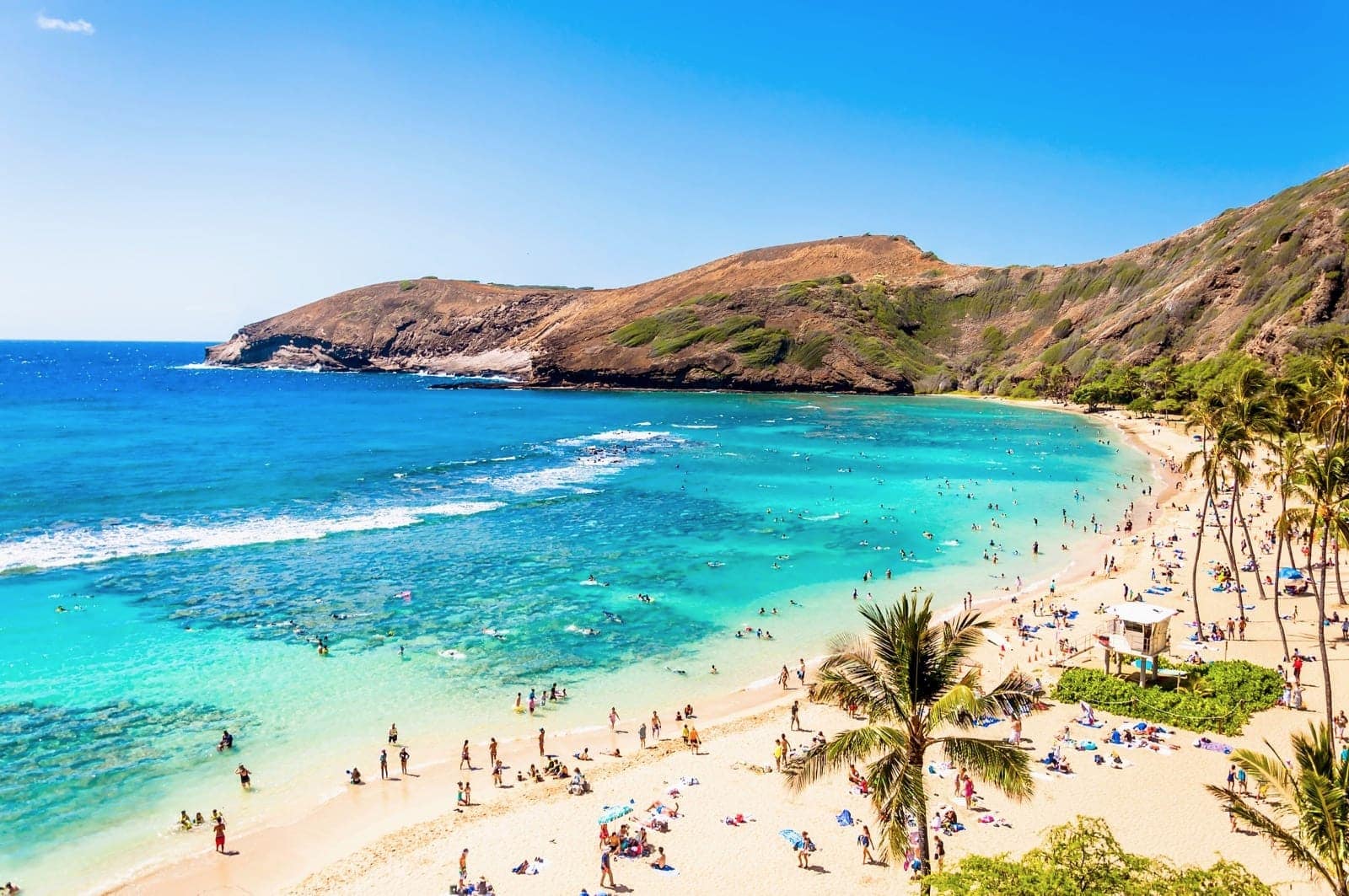COVID-19 international travel advisories
If you plan to visit the U.S., you do not need to be tested or vaccinated for COVID-19.
Sustainable Travel guide and itineraries for the Big Island of Hawaii

If you plan to visit the U.S., you do not need to be tested or vaccinated for COVID-19.
The information on this page is primarily meant for people with concerns about traveling to Hawaiʻi. While we cannot give you definitive answers, we can provide you with up-to-date information about the current status of the Coronavirus in Hawai‘i, and discuss some potential impacts on your vacation plans.
Table of contents
The Safe Travels Hawai‘i program ended March 25, 2022. Mahalo to all of the travelers who participated in the Safe Travels Hawai‘i program for the past two years.
As of now, there are no COVID-related requirements for arriving domestic passengers. Travelers arriving in Hawai‘i directly from international airports must still comply with U.S. federal requirements; consult with your airline.
All COVID-related requirements for arriving domestic and international passengers have been removed.
To keep their residents and visitors as safe as possible our islands all have different challenges to deal with when trying to control the spread of COVID-19. For visitors this means that they may still be bound by some more local restrictions about where they can go and what they can do.
Below we keep an up-to-date list of measures and emergency orders on a per-island basis, and link you to the most relevant official resources.
Regardless of the official restrictions, please continue to exercise caution and stay home if you are sick, get tested, and wear a mask if necessary.
There are no COVID-specific local restrictions for Oʻahu. You can see all proclamations and special rules for O‘ahu here.
The Safe O‘ahu Response Plan, including the Safe Access O‘ahu program, ended March 6, 2022.
There are no COVID-specific local restrictions for Maui.
There are no COVID-specific local restrictions for the Big Island.
There are no COVID-specific local restrictions for Kauaʻi.
The statewide indoor mask mandate ended at 11:59 p.m. on March 25, 2022.
However, the Hawaii State Department of Health still recommends elders, people who are immuno-compromised and at high risk of serious illness to keep wearing masks for their protection. The DOH also recommends indoor masks in crowded settings and public areas.
Local businesses are still within their rights to require their customers to wear a mask, so make sure to bring one for “just in case” if you go exploring.
Individuals are not required to wear face coverings outdoors.
Featured image by eddygaleotti via depositphotos
1: Maui Overview
2: Things to Do
3: Where to Stay
4: Popular Sights and Destinations
5: Road to Hana (Maui)
6: Maui Itinerary
7: Maui blog posts
The second-biggest island in the chain, much of Maui’s appeal comes from its natural landscape and biodiversity, including its two massive volcanoes, whale watching and marine ecosystems
1: Oʻahu Overview
2: Things to Do
3: Where to Stay
4: Popular Sights and Destinations
5: Oʻahu Beaches
6: Oʻahu Itinerary
7: Oʻahu blog posts
O‘ahu is the lively center and most visited of all Hawaiian Islands. As a paradise for active travelers it is rich in experiences that include nature, culinary discoveries, historic landmarks, shopping, nightlife and festivals.
1: Kauaʻi Overview
2: Things to Do
3: Where to Stay
4: Popular Sights and Destinations
5: The Nāpali Coast
6: Kauaʻi Itinerary
7: Kauaʻi blog posts
With a population of less than 75,000, Kauaʻi is truly a small-town island, littered with open space, protected preserves, and old plantation history.
Facebook
Pinterest
Twitter
Instagram
Subscribe to our Newsletter